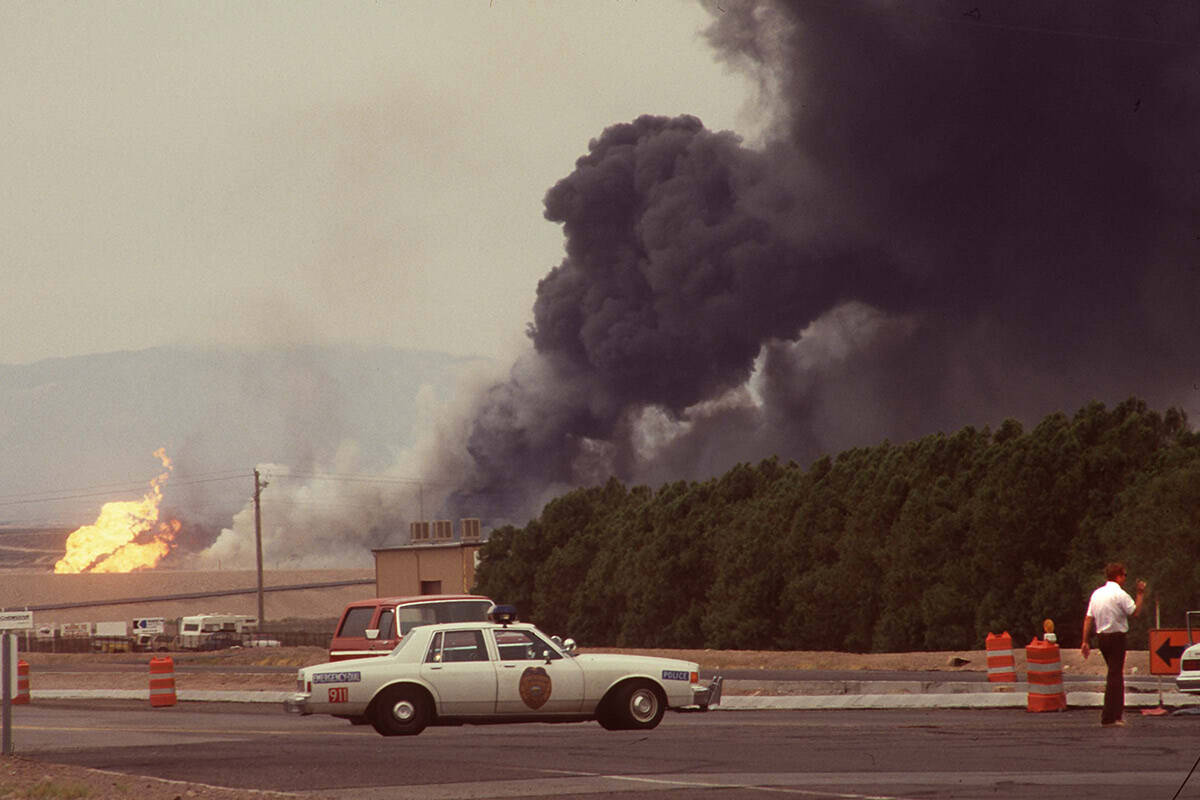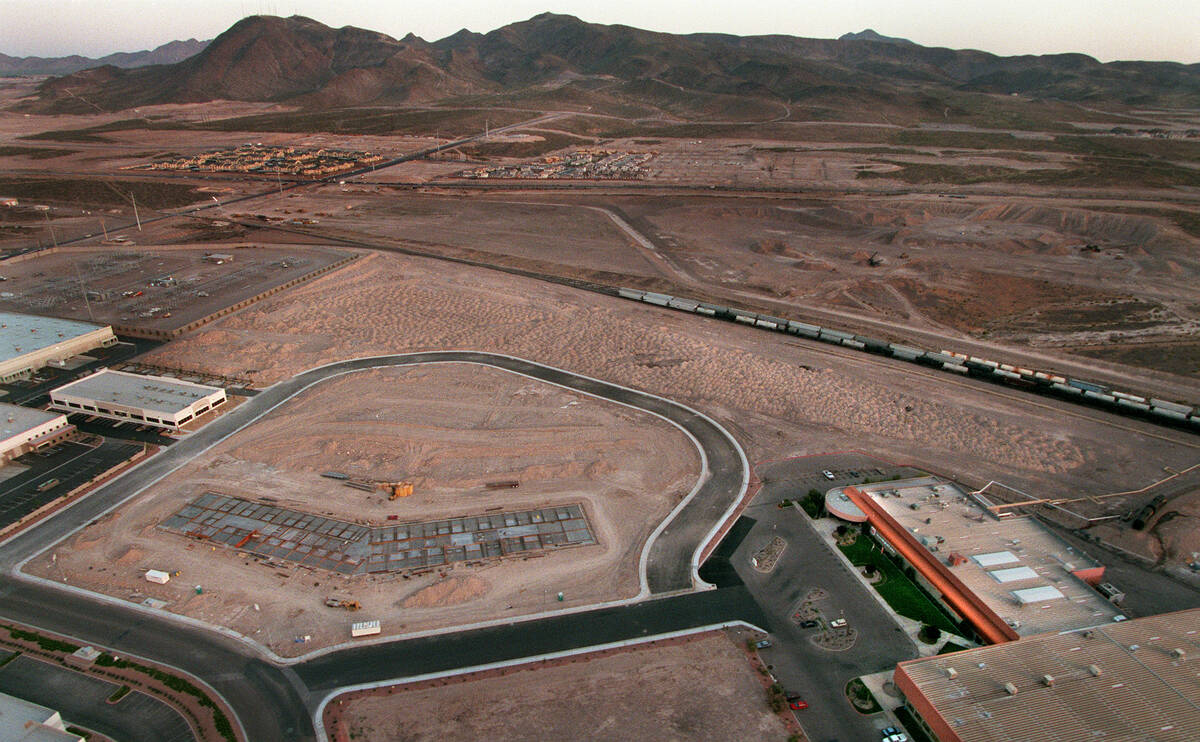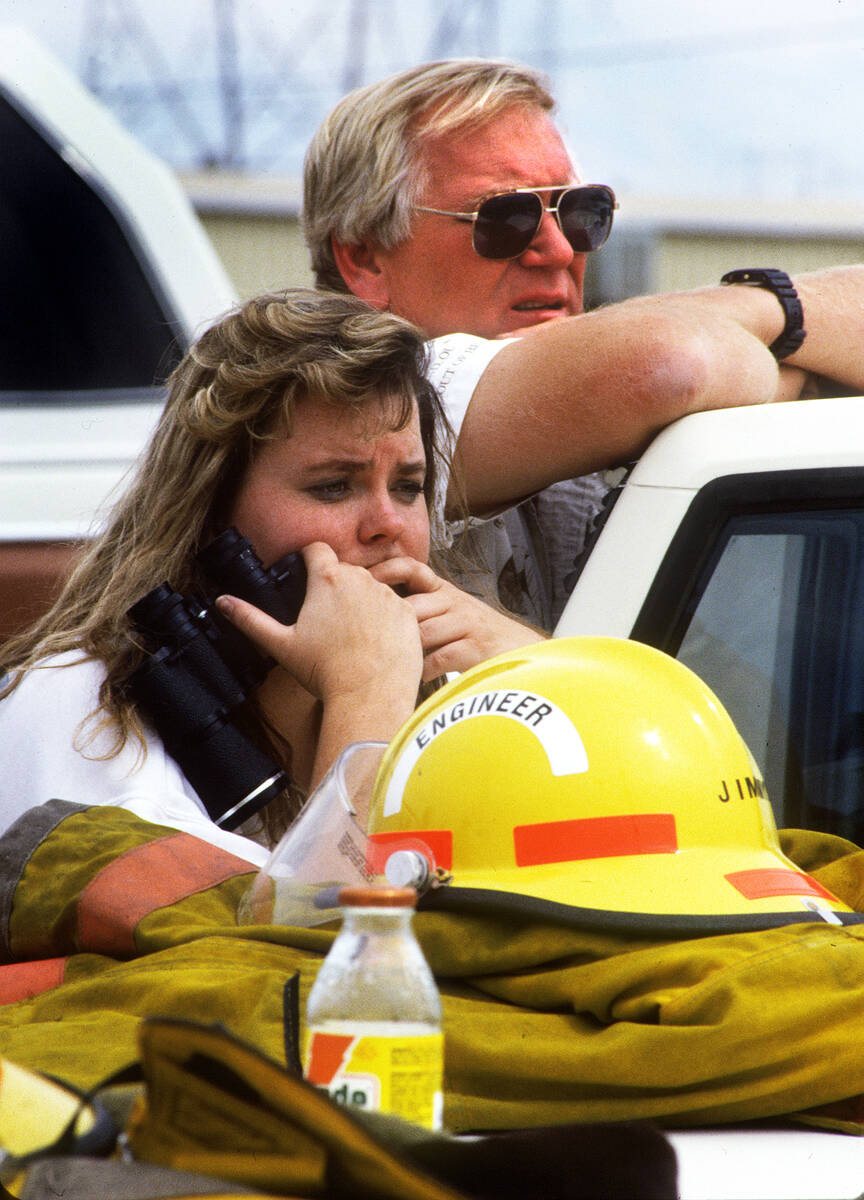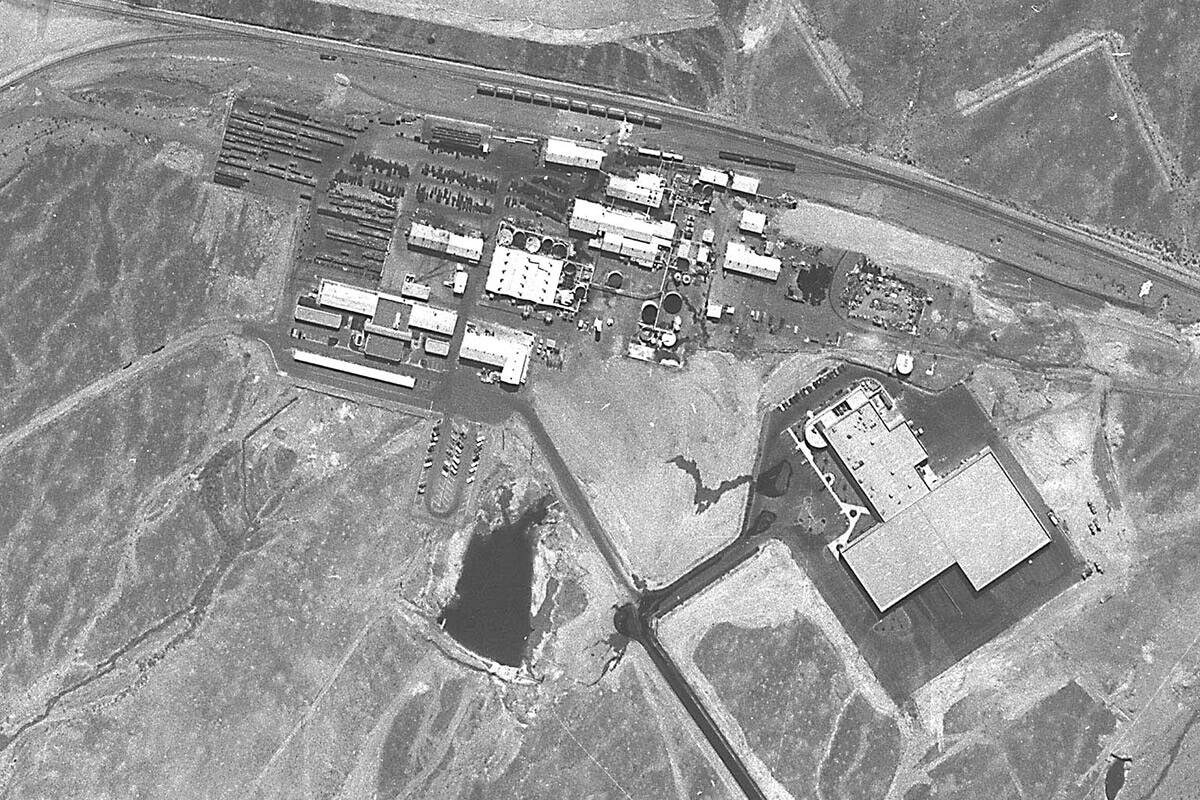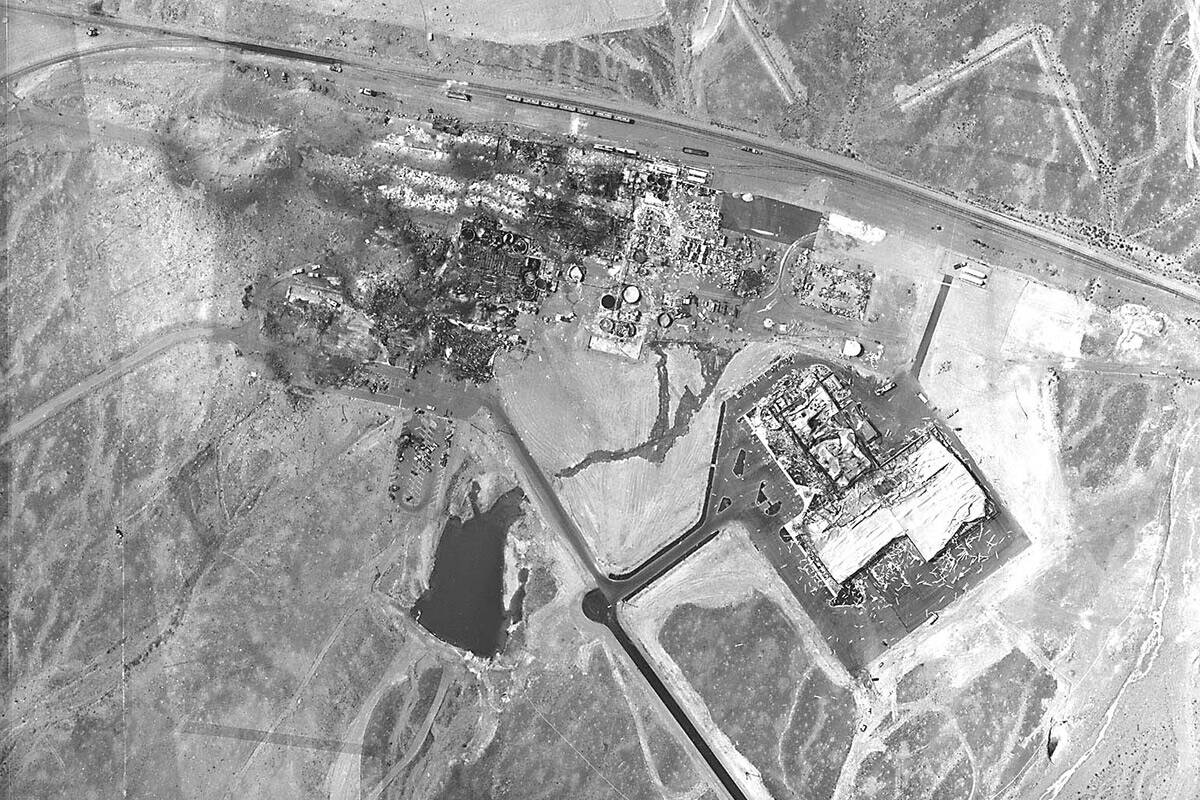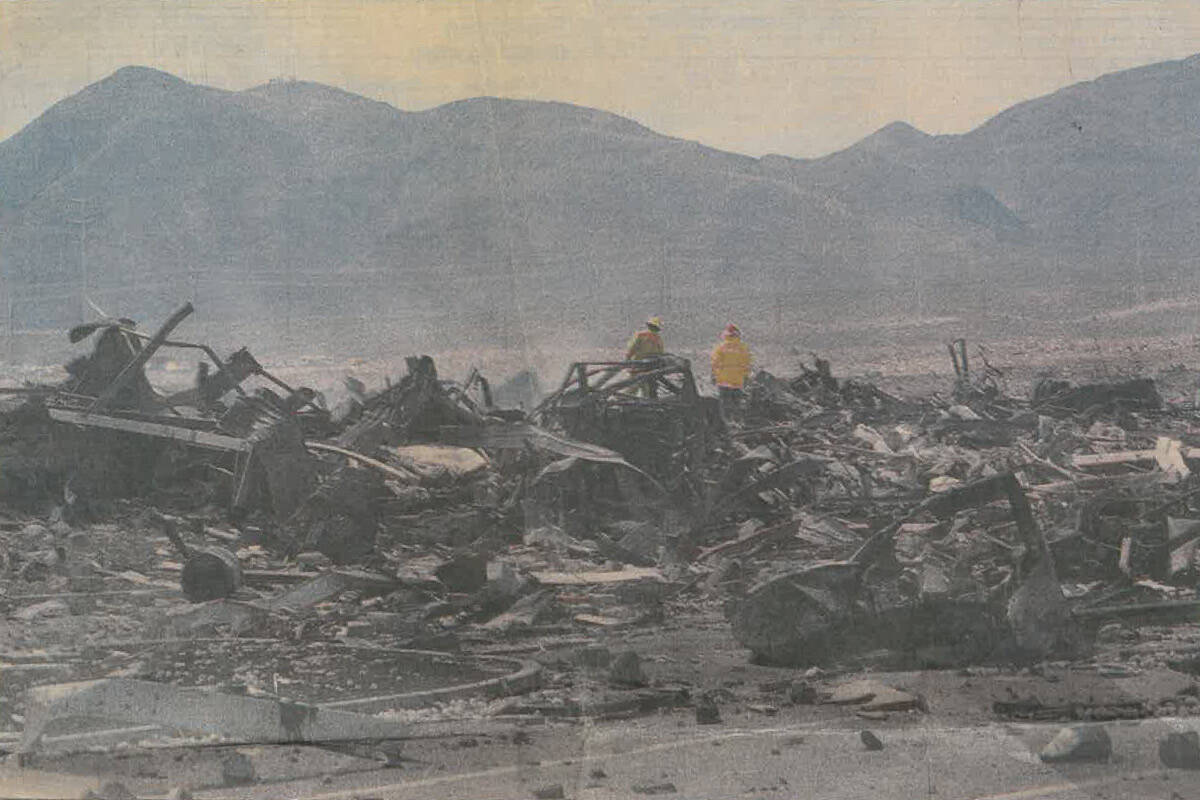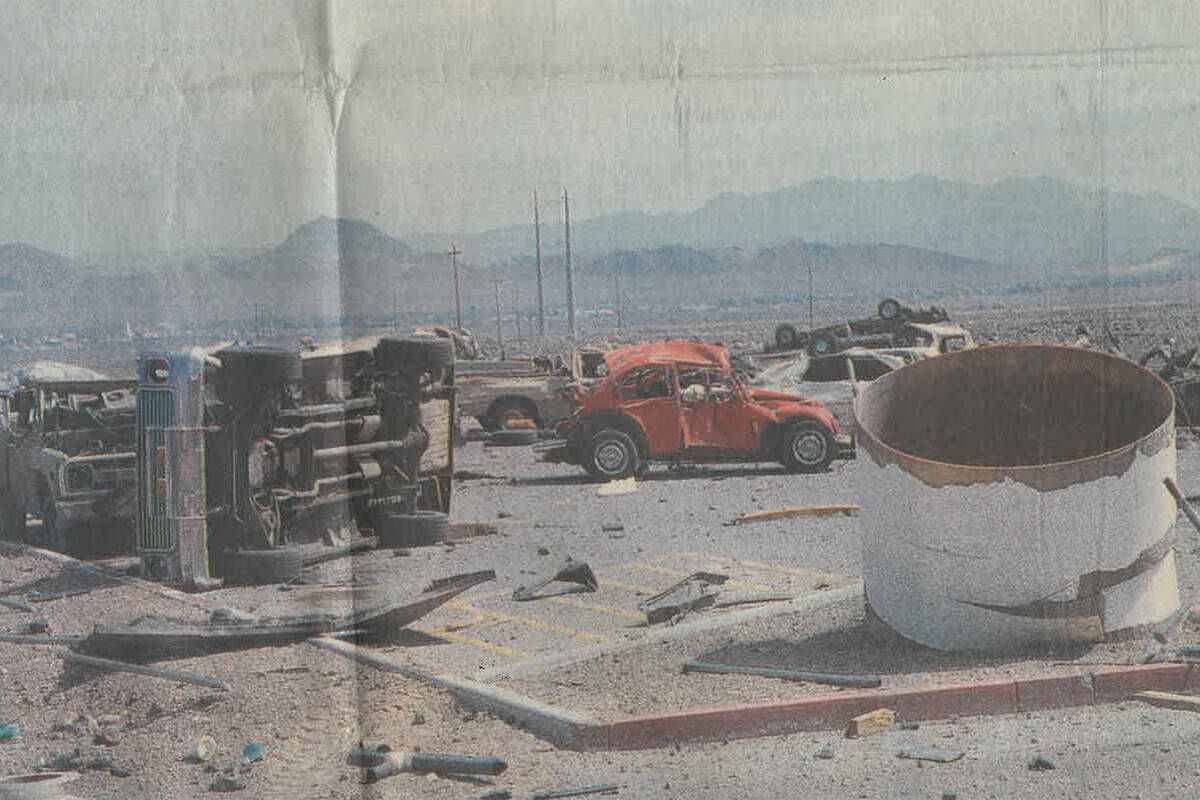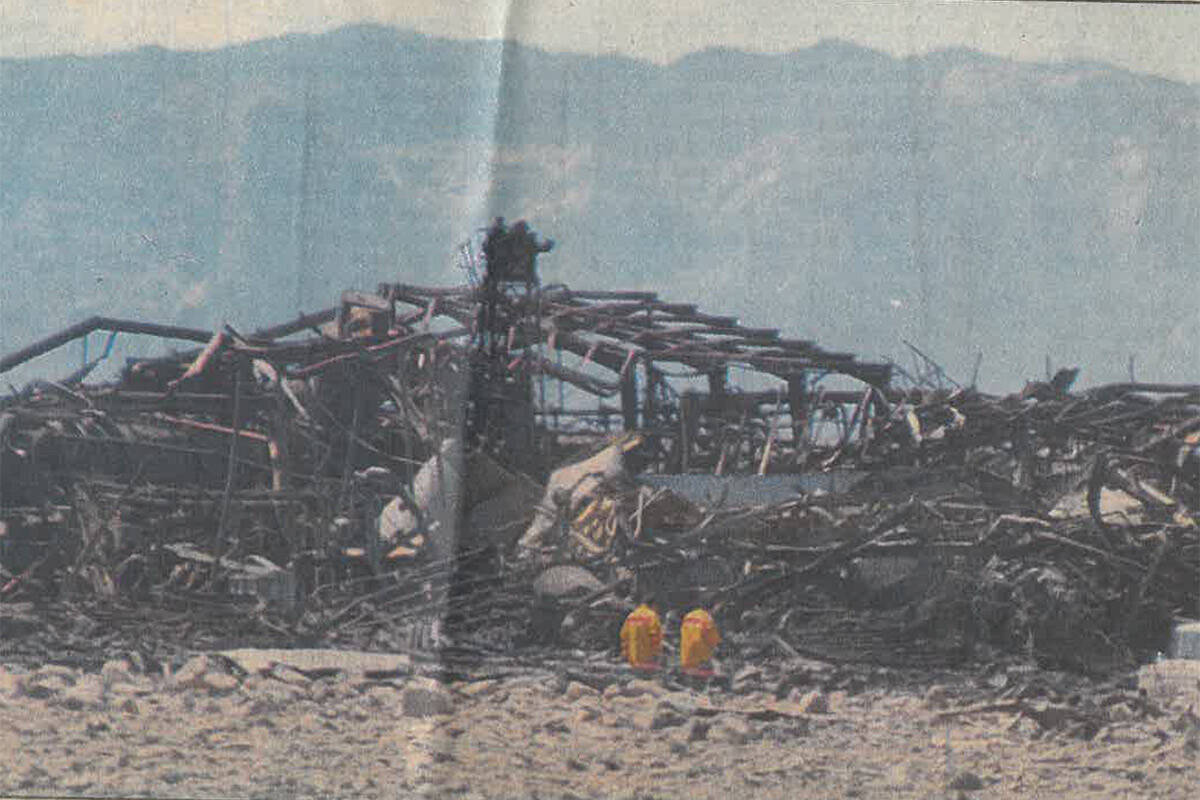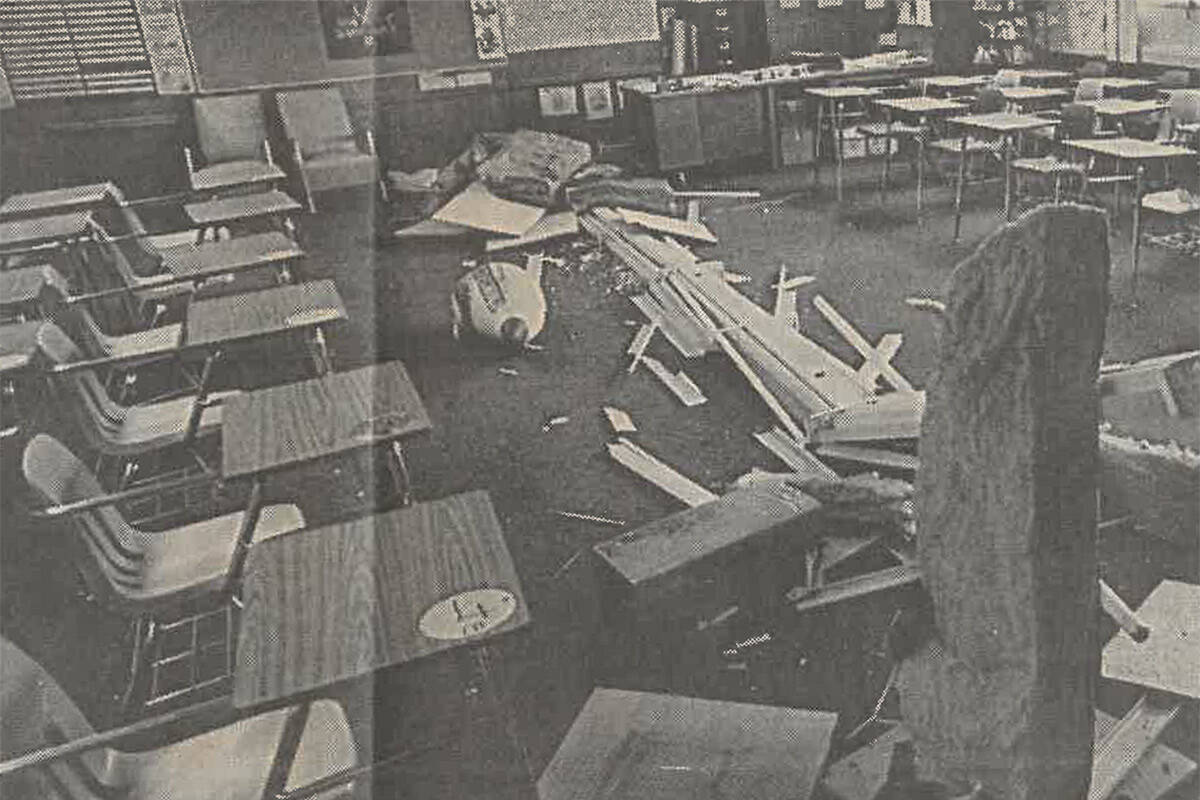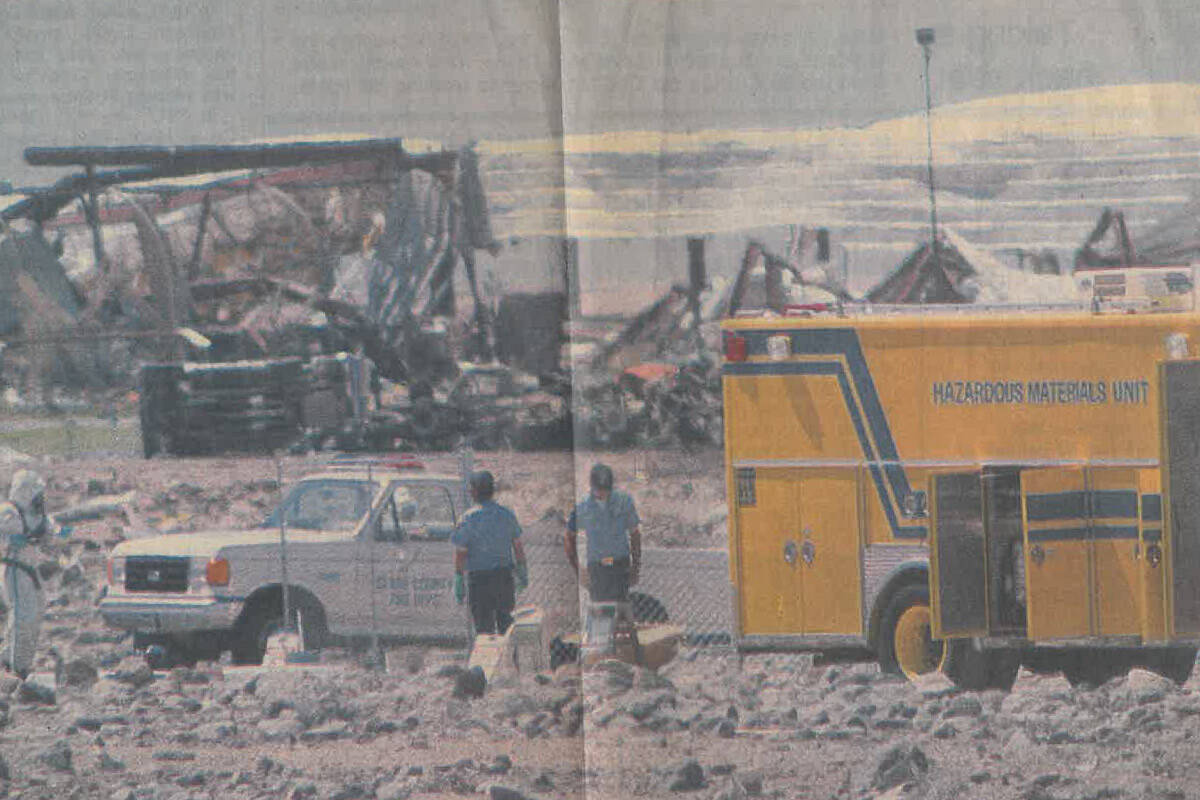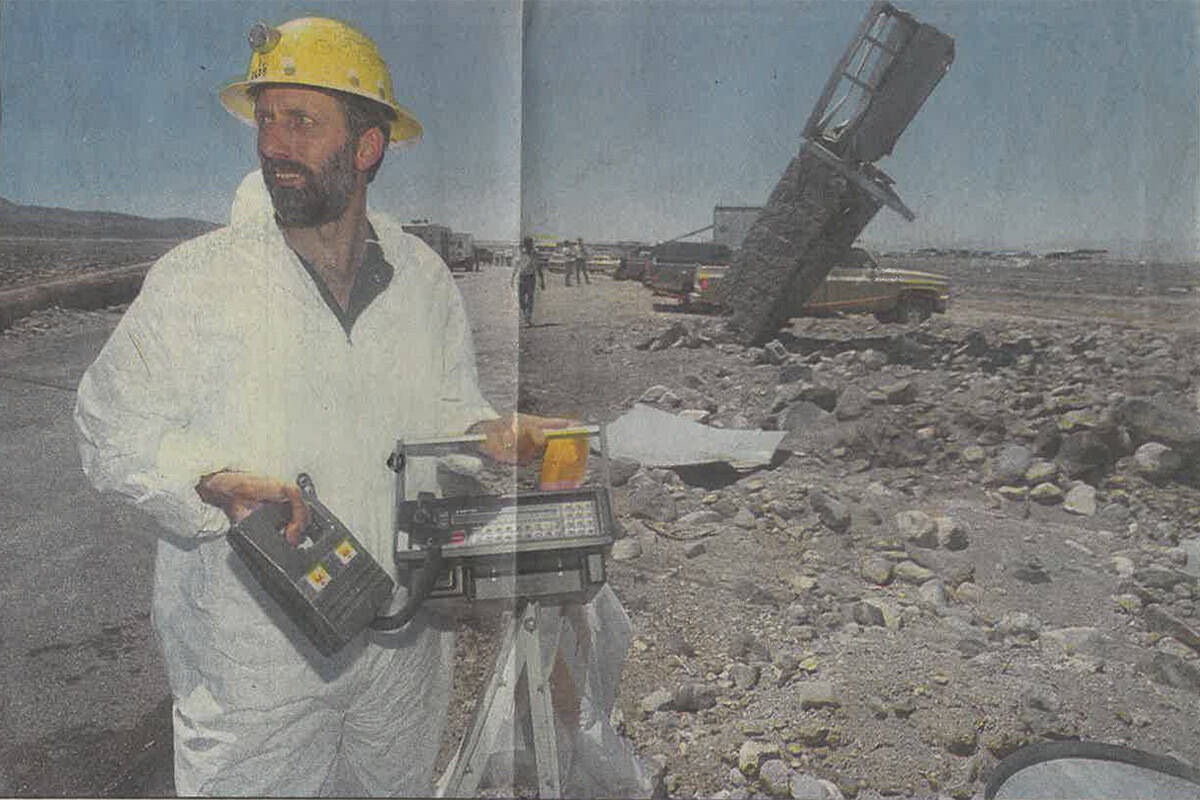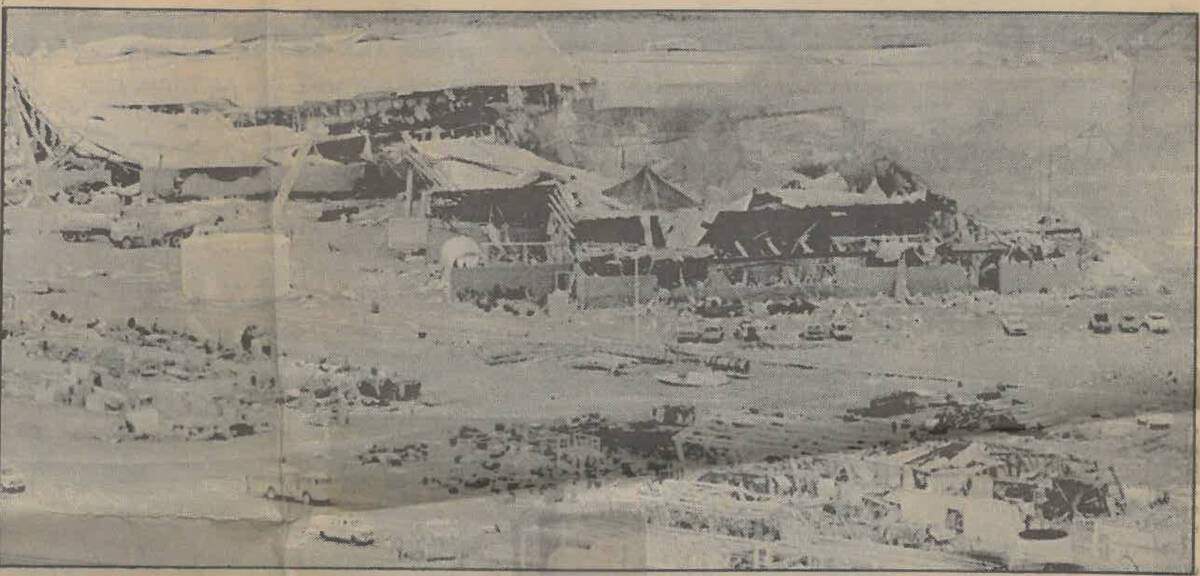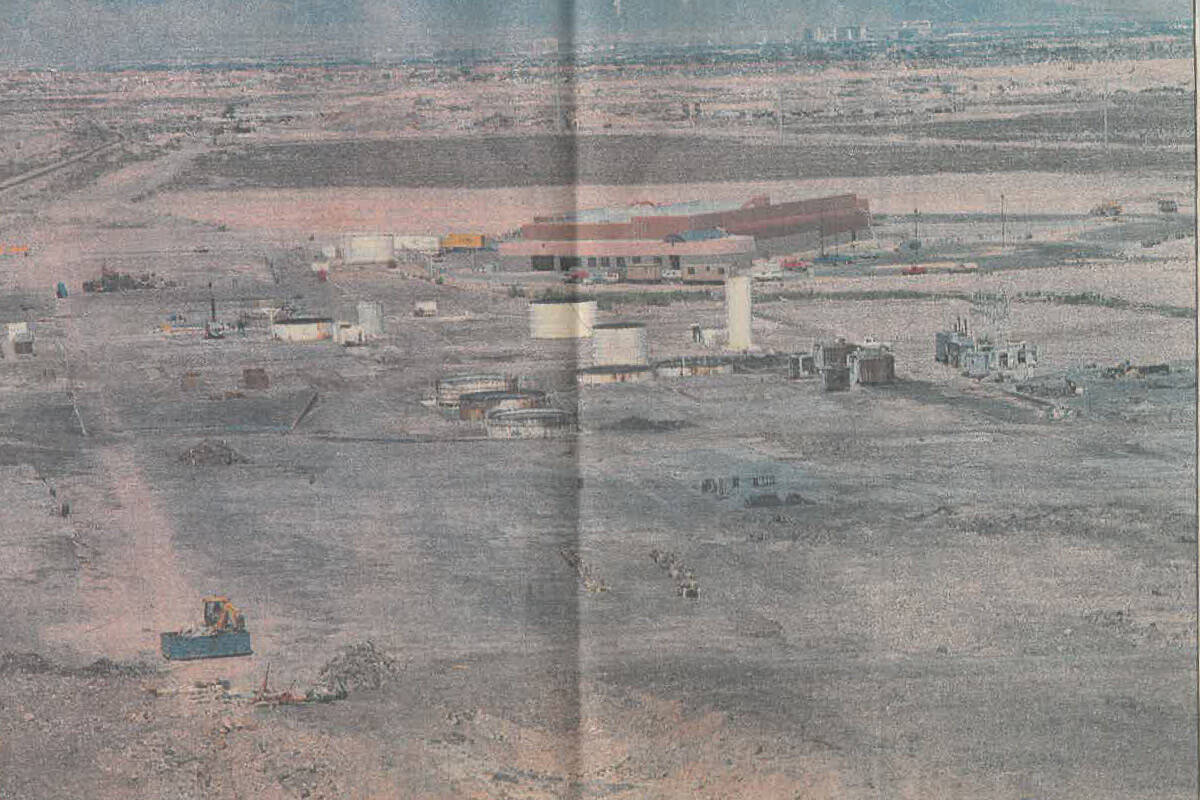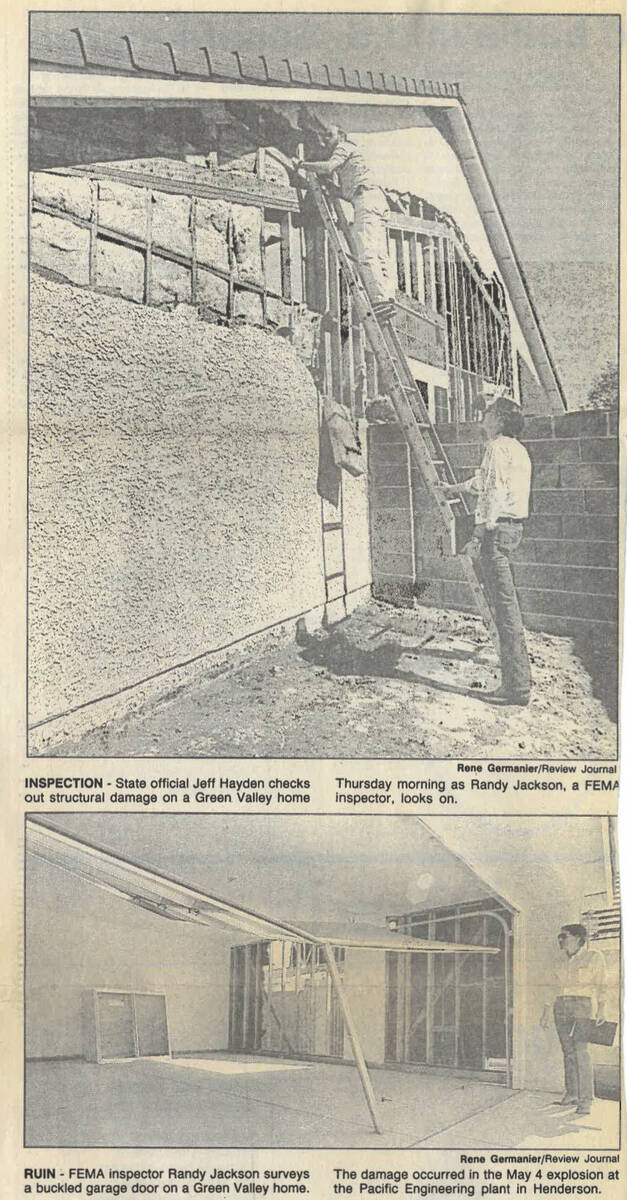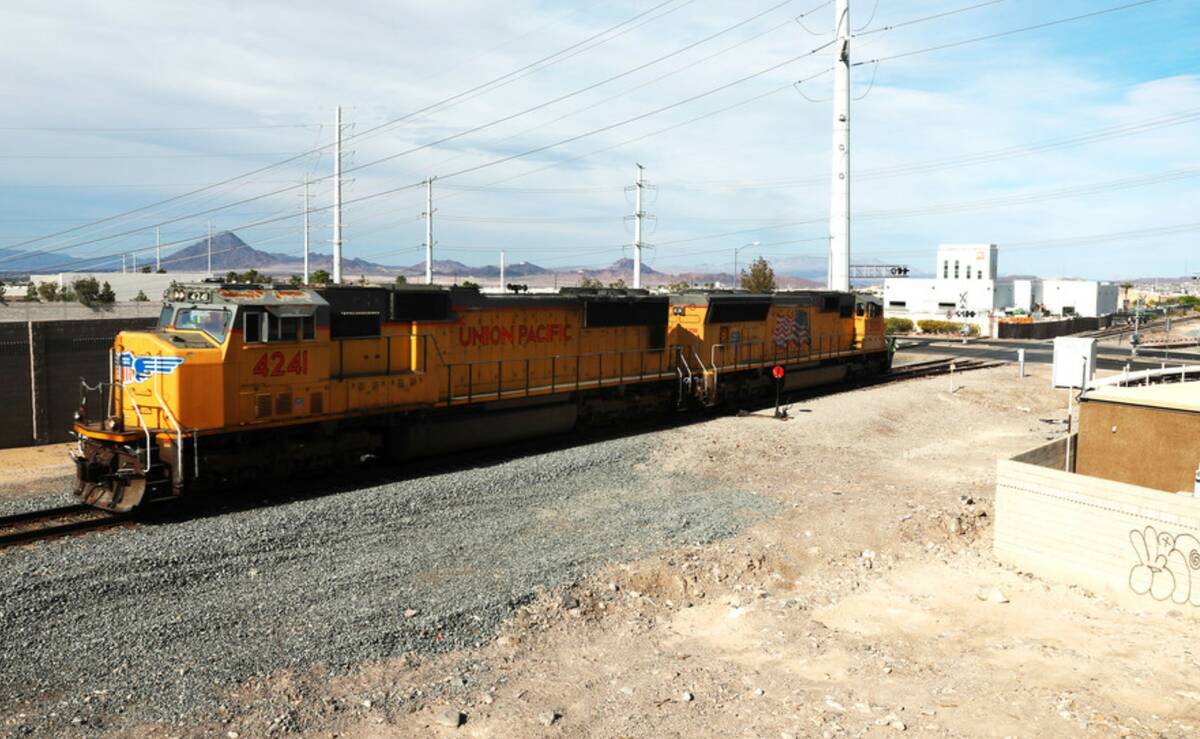PEPCON disaster: By the numbers
It’s been 35 years since the Pacific Engineering and Production Company of Nevada (PEPCON) plant in Henderson was destroyed in a series of explosions after ammonium perchlorate, an oxidizer used in rocket fuel, caught fire.
Here’s the disaster, by the numbers:
827 days after the Challenger disaster
The PEPCON facility was contracted by NASA to produce ammonium perchlorate for space shuttle launches, but after the Challenger explosion in 1986, which killed the craft’s entire seven-member crew, NASA haulted its missions while the disaster was under investigation.
But, production of AP didn’t stop at PEPCON.
Over the course of 15 months, PEPCON accumulated over 4,000 tons of the oxidizer. With no place to ship the AP, the oxidizer sat on site.
The AP was contained in a a series of bags, bins and drums. The most common form of storage were 550-pound capacity drums; at PEPCON, there were over 10,000 around the facility.
1,500 tons of ammonium perchlorate burned
Approximately 4,500 tons of ammonium perchlorate was being stored at the plant the day of the blast. During the blast and subsequent fire, 1,500 tons of AP were consumed — four times the amount of the oxidizer used for one space shuttle solid rocket booster.
The fire was caused by a welding torch that ignited a structure at the plant. The fire spread to several nearby 55-gallon drums of AP. About 20 minutes later, the first explosion occured at 11:52 a.m., followed by the second explosion four minutes later.
The fire after the explosions burned for five hours, according to a NASA report.
3.0 and 3.5 on the Richter scale
Observatories in California and Colorado reported the two major blasts at 3.0 and 3.5 on the Richter scale. Investigators said the blast had the same impacts as a 1-kiloton air-blast nuclear detonation, NASA reported.
2 deaths, 372 injuries
Two people died in the explosion out of the facility’s 77 employees. Bruce Halker, vice president of operations at the plant, died. Halker used a wheelchair and was unable to escape in time. His body was recovered 25 yards from the plant.
Roy Westerfield, another plant employee, also perished. His body was never recovered.
There were no fatalities at the nearby Kidd & Co. marshmallow plant.
Most of the 300 injuries from the blast were from flying glass, and were minor. The most seriously injured victim of the blast was 22-year-old Pat Rose, who pulled over to watch the fire sweep through the plant before one of the explosions erupted, causing rocks to strike Rose. One rock burrowed into Rose’s skull, causing him lifelong speech and mobility issues, according to Review-Journal reports from 1989.
$100 million in damage
The explosion caused $100 million in damages to buildings within a 10-mile radius of the plant. Henderson schools saw about $1 million in damages alone, with Basic High School seeing damage to its front entrance which sunk several feet after the explosion, according to a report from the U.S. Department of Energy.
About 22,000 homes within a 3-mile radius of the blast sustained structural damage of about $5,000 each, the Las Vegas Sun reported
The total damage to surrounding businesses and homes was put at $74 million.
The Kidd & Co. marshmallow plant located next to the PEPCON plant was destroyed. The plant was rebuilt on the same site in 1989.
Contact Taylor Lane at tlane@reviewjournal.com. Follow @tmflane on Twitter.



